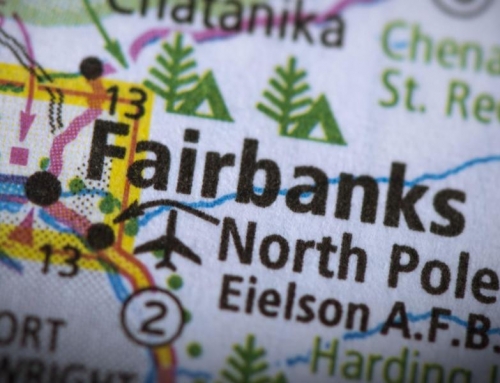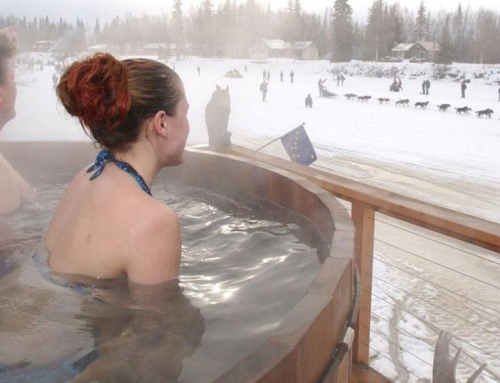How Does the Aurora Work?

Greetings, everyone– I’m Northern Lights Ned and I’m here to remind you that there is a science to your Alaskan Adventure. Today we are going to learn today about the science behind the Aurora. How does the northern lights work and what causes it? Over the years there has been much research, and now the experts have explained it. However, we are going to discuss the simplified version and leave the space physics and calculus for another time.
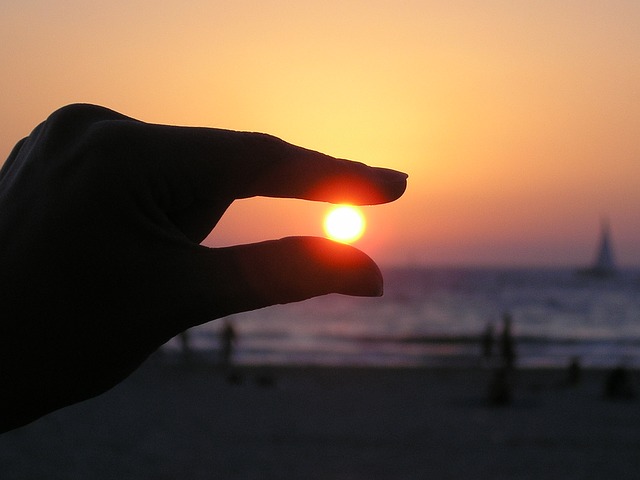
It all starts with the Sun!
The sun in our solar system is an incredible celestial powerhouse, and of course it all starts here! The sun is constantly churning and creating massive amounts of energy through light and heat. This energy– called the solar wind— constantly throughout space at millions of miles per hour. Now, the solar wind would certainly end all life on Earth due to its intensity and massive energy…except for one saving grace: the Earth’s magnetic field.
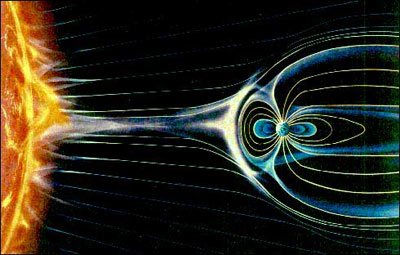
…and constant Solar Wind!
The magnetic fields around the Earth deflect the vast majority of the potentially dangerous solar wind and allows it to sail completely around Earth uninhibited. However a small portion of the solar wind’s charged particles trickles into the top layers of the Earth’s atmosphere at both the North Pole and South Pole. Imagine if the solar wind were a river– the North and South Poles would be tiny eddies where some particles get caught, thus creating the Auroral Ovals on the globe.
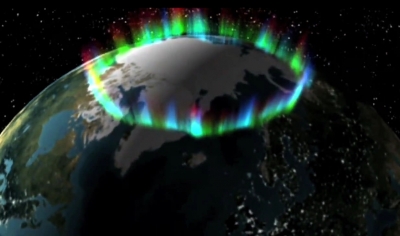
Reactions at the Poles
At the Auroral Ovals, the charged particles from the solar wind react with the gases in the upper atmosphere and creates sparks. When a waterfall of millions of these sparks occur, they create dancing rivers of northern lights! But, if this solar wind happens all the time rather consistently, why are there periods of better and more spectacular Aurora shows?
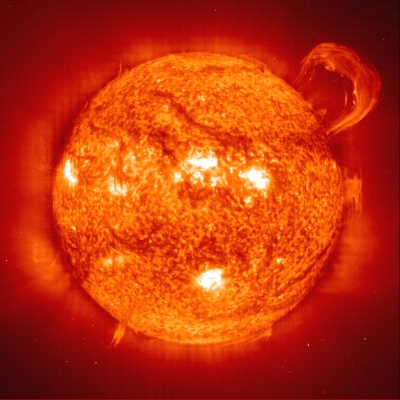
Sun Spots
The sun in all its vivacity, has a whole ecosystem of different activities on its surface. One such phenomenon is the sun spot– or a spot on the sun that is cooler than the surrounding areas. These sun spots produce solar storms– or, setting the tricky science aside, the sun produces a “burp.” This burp travels through space along with the solar wind and a small portion once again gets caught in the eddy of the magnetic North and South Poles, but something slightly different happens this time. This change in speed and density of the energy at the poles makes the Auroral Ovals expand and the northern lights can be seen from places that are rare to see the aurora.

I know what you’re thinking: “OK, Ned that makes sense. Now I understand how the aurora appears to us– but what is the deal with all of the different colors?
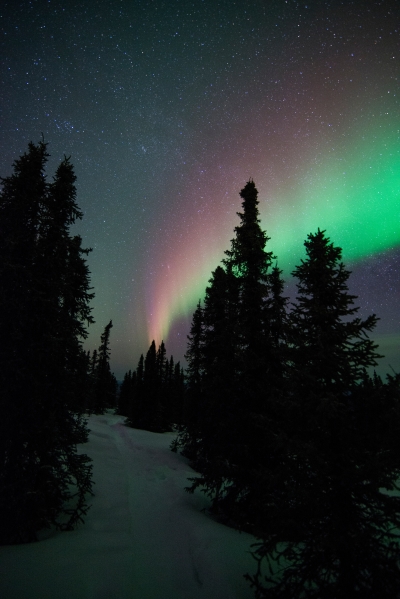
Very glad you asked– our atmosphere is made up of different gases but most primarily nitrogen and oxygen. When the energized particles from the solar wind interact with these different gases, different results occur. The reactions involving nitrogen create violets, red, and blues whereas the reactions involving oxygen create colors such as yellow, red, and the common green. The elevation at which the reactions occur also help determine the color and display of the northern lights!
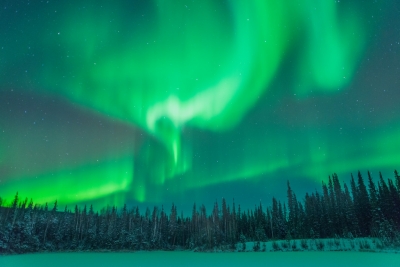
“Whoa! Did they just move? Why does it look like the Aurora is dancing?”
Going back to our analogy of the solar wind acting like a river– the flow intensity of this river is constantly changing. When the ‘waves’ of the particles react with the gases of the atmosphere, the northern lights appear to us on the ground as undulating or dancing!

Thanks for taking a trip on the scientific side with me! As we say here in my lab– when we understand how it all works, Alaska is all the more grand! Enjoy your visit to Alaska!
-Northern Lights Ned
Check out more science articles written by me HERE


